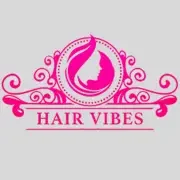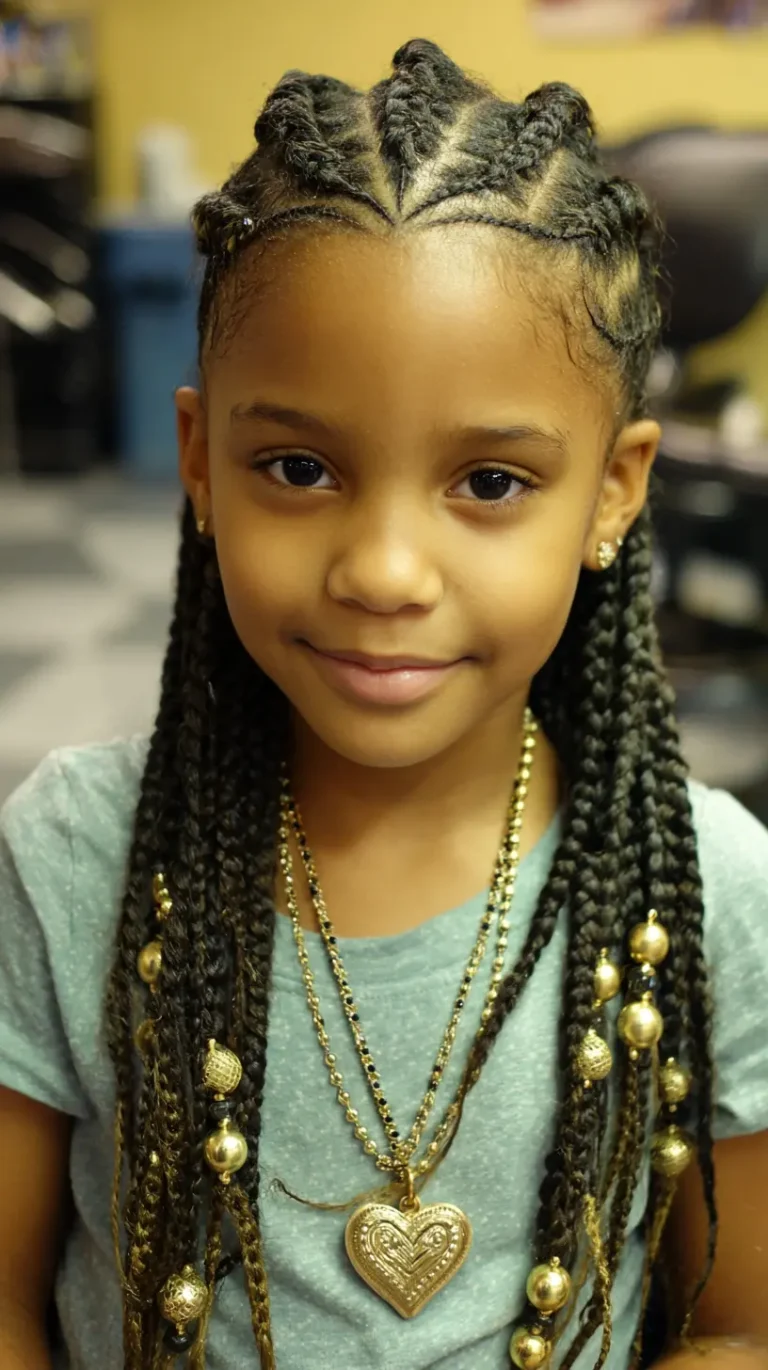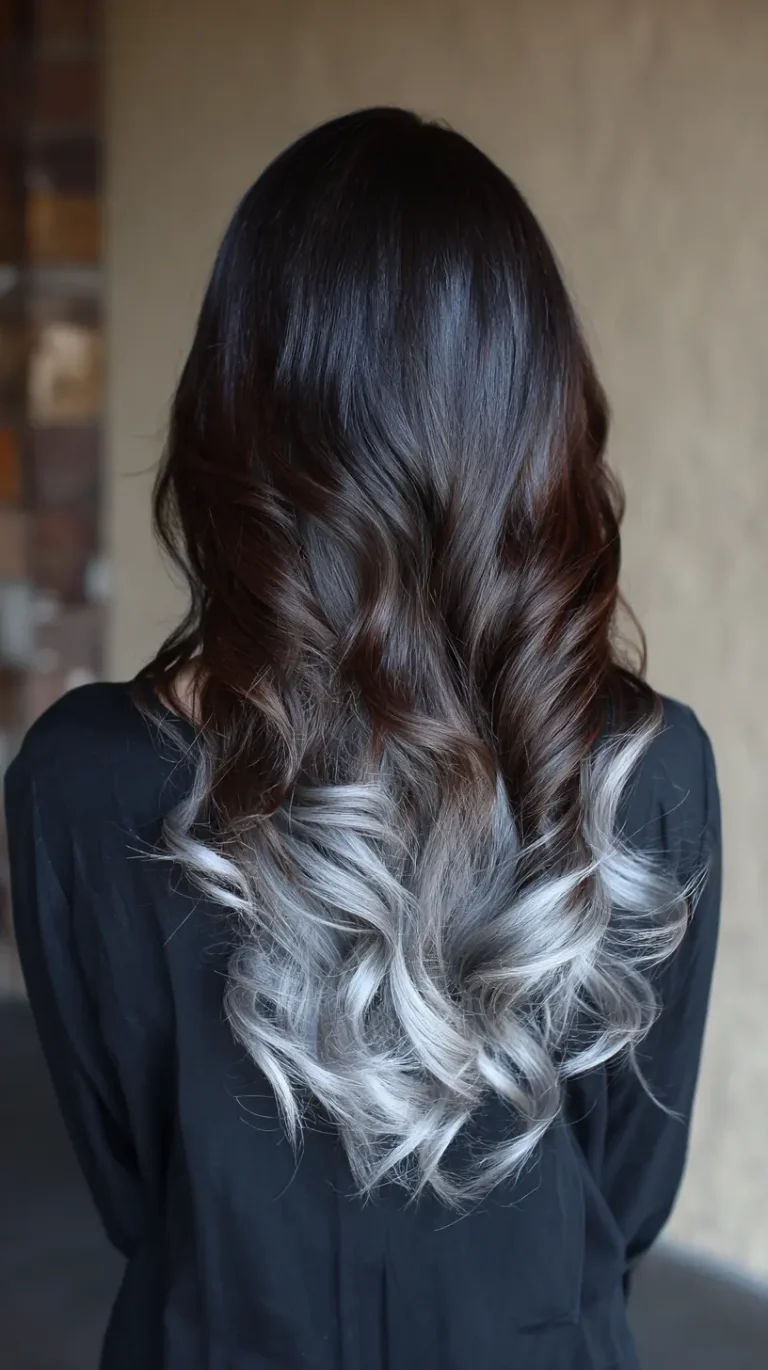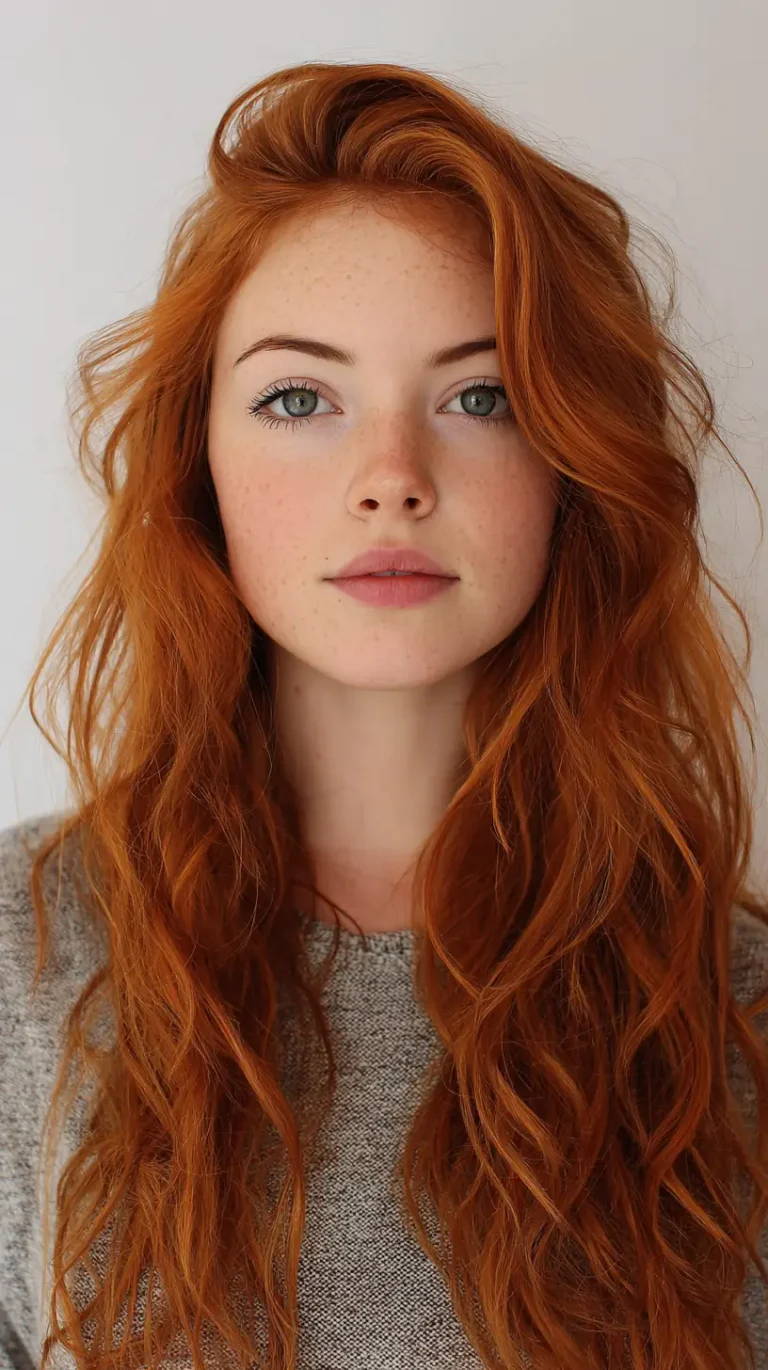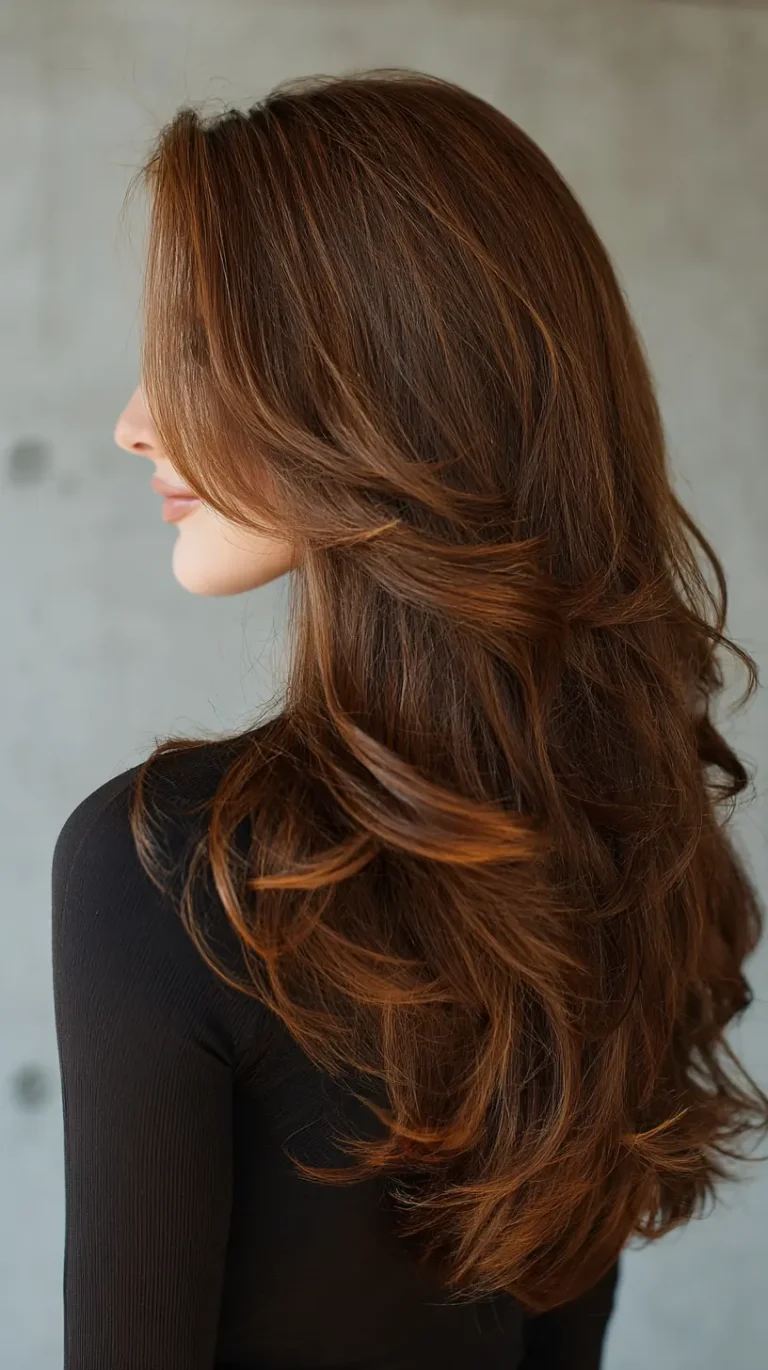16 No Heat Curls Overnight: Achieve Stunning Waves While You Sleep
Many people dream of waking up with beautiful curls but dread the damage caused by heat styling tools like curling irons and wands. Fortunately, there are numerous ways to create gorgeous curls without any heat, and doing it overnight is one of the easiest and most convenient methods. No heat curls overnight not only save your hair from damage but also give you a natural, effortless look that lasts all day. If you’re tired of spending time and effort on styling or want to protect your hair from heat damage, these 16 no heat curl techniques can transform your routine into a simple, hair-friendly experience that leaves you with bouncy, healthy-looking curls every morning.
1. Sock Bun Curls
The sock bun method is a popular and inexpensive way to create loose, voluminous curls without heat. To do this, start by cutting the toe off an old sock and rolling it into a doughnut shape. Place it at the end of your ponytail and roll it up towards your scalp while wrapping your hair around it evenly. This technique works best on damp hair so your hair sets properly overnight. When you wake up, carefully unravel the sock bun and gently run your fingers through your hair to separate the curls. The result is soft, natural waves with lots of body and movement. Because this method doesn’t involve any pins or clips, it’s very gentle on the hair and scalp, minimizing breakage and discomfort.

2. Braided Curls
Braiding your hair while it’s damp and sleeping with it braided is one of the most classic and accessible no heat curling methods. You can choose to do one large braid down the back for loose, beachy waves or multiple smaller braids for tighter, more defined curls. The dampness helps set the hair in the braided shape, and the longer you keep it braided, the more pronounced the curls will be. The beauty of this method is that it works well for almost all hair types and lengths. In the morning, it’s important to gently undo the braids to avoid frizz or tangles. Finger-combing or lightly scrunching the waves with some curl-enhancing spray helps maintain a soft, touchable finish.
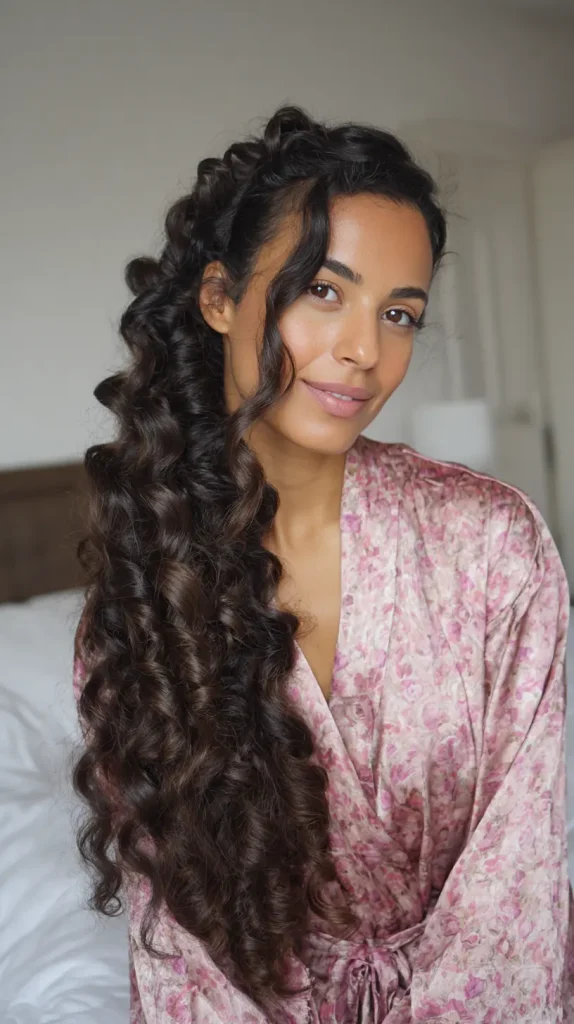
3. Twist Buns
Twist buns are an easy and effective way to create curls with texture and volume. To use this method, section your slightly damp hair into multiple parts, twist each section tightly, and coil it into a small bun secured with an elastic or bobby pins. Sleeping in these small buns encourages your hair to form springy curls with a natural bounce once you release them. The number and size of the buns you make will influence the tightness and size of your curls. This method is especially great for people with thick or coarse hair as it helps control frizz and adds definition. After removing the buns in the morning, lightly shake your hair and apply a lightweight serum or oil to tame flyaways.
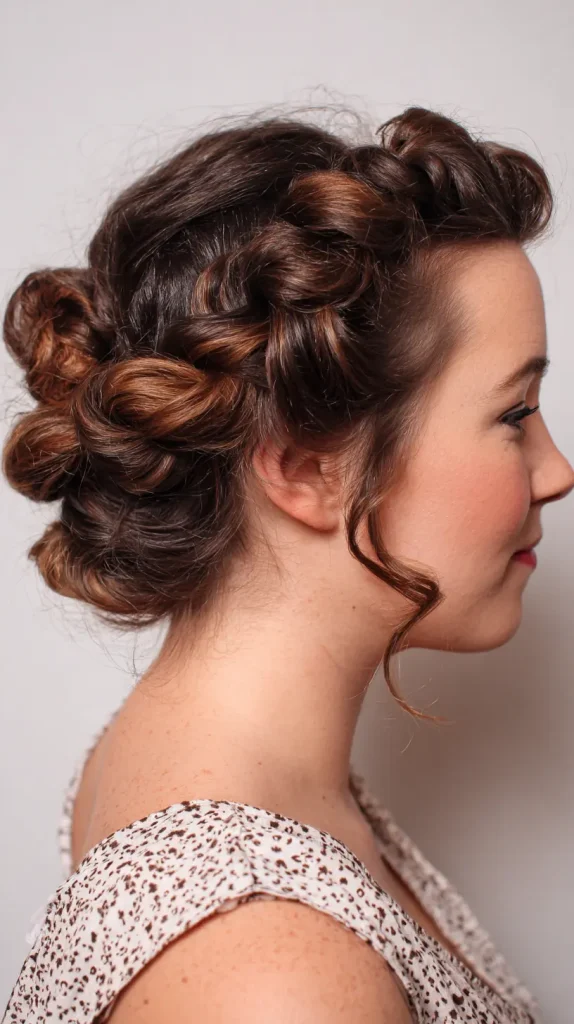
4. Flexi Rods
Flexi rods are soft, bendable curling rods that come in a variety of sizes to help you create everything from tight ringlets to loose curls without heat. To use flexi rods, dampen your hair, then wrap small sections around each rod, bending the ends to secure them. Their flexibility makes them comfortable enough to sleep in, and the different sizes allow you to customize your curl pattern. Unlike traditional rollers, flexi rods don’t cause dents or creases in the hair, making the curls smoother and more natural-looking. For best results, apply a light setting lotion or mousse before rolling to help hold the curls longer, and be sure your hair is fully dry before removing the rods in the morning.
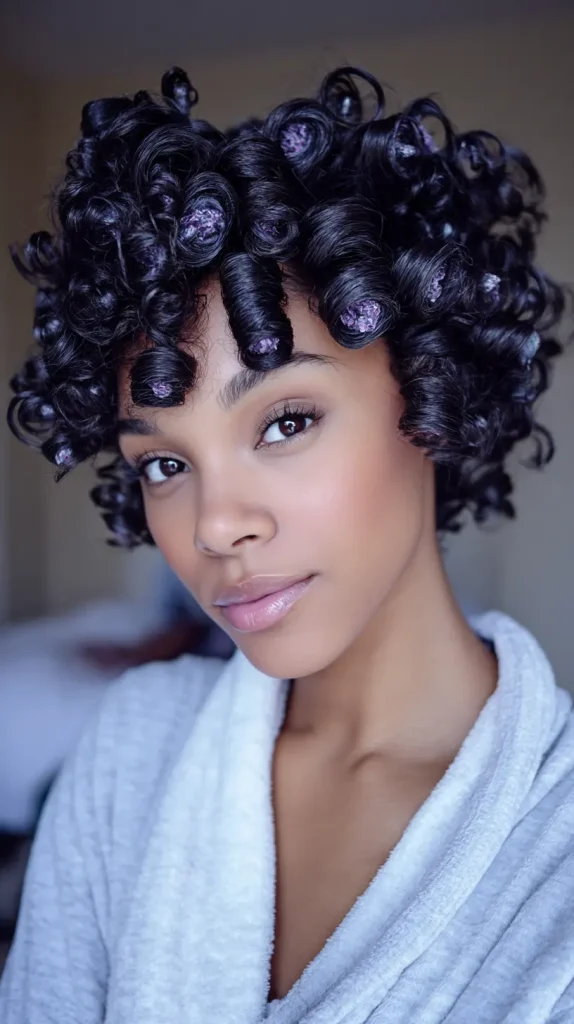
5. Pin Curl Set
Pin curls are a vintage-inspired heatless curling method that offers excellent control over curl size and shape. Start with damp hair, section it into small strands, and roll each strand around your finger, pinning it flat to your scalp with bobby pins. This technique can be time-consuming but is perfect for achieving tight, defined curls that hold well. The curls created with pin sets often have a classic, polished look reminiscent of old Hollywood glamour. Sleeping with pin curls requires a bit of care to ensure the pins don’t cause discomfort, but the results are worth it. Once you remove the pins in the morning, finger comb the curls to style and add volume.

6. Paper Towel Rolls
Paper towel rolls are an easy, budget-friendly way to curl hair overnight without heat. Cut clean paper towels into strips and roll damp hair sections around them, tying the ends tightly to secure. The sturdy but lightweight paper towel helps keep curls in place as your hair dries naturally. This method is especially useful for people who want tight, long-lasting curls without investing in special tools. Additionally, paper towels cause less friction than traditional plastic rollers, which helps reduce frizz and hair damage. In the morning, carefully unroll the paper towels to reveal well-defined, bouncy curls that you can style as desired.

7. Headband Waves
Using a soft fabric headband is a gentle and comfortable way to create waves while you sleep. Place the headband around your head like a crown and then wrap damp hair around it, tucking the ends underneath or pinning them securely. This method works beautifully on almost all hair lengths and textures and is especially great for creating soft, natural-looking waves with minimal effort. Since the headband is fabric, it won’t cause breakage or scalp irritation, making it perfect for those with sensitive skin or fragile hair. When you remove the headband in the morning, run your fingers through the waves and spritz a bit of lightweight hair spray to keep the curls intact.

8. Rag Curls
Rag curls use soft strips of fabric to create curls that are gentle on the hair. Cut strips from old cotton t-shirts or soft cloth, wrap sections of your damp hair around them, and tie the ends securely. Because rag curls don’t rely on hard materials, they reduce friction and prevent hair breakage, making them excellent for delicate or damaged hair. The soft fabric also allows you to sleep comfortably without worrying about discomfort. Rag curls produce natural, voluminous waves that can be enhanced with curl-defining cream or mousse for extra hold and shine in the morning.
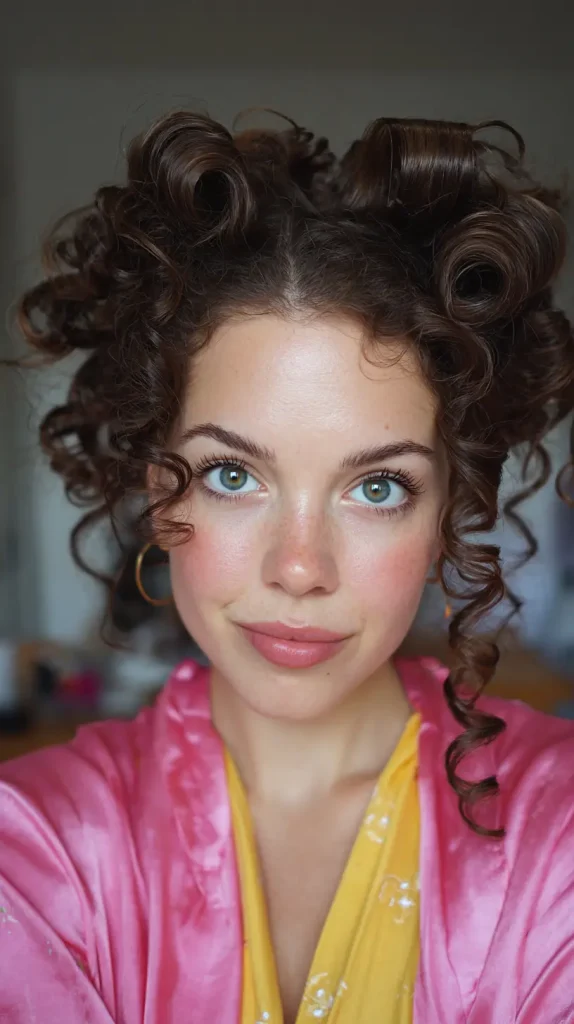
9. Bantu Knots
Bantu knots are a traditional African styling technique that creates tight, springy curls with amazing texture. To achieve this, section your hair into small parts, twist each section tightly, then coil the twist into a small knot near the scalp and secure it with a pin or elastic band. Sleeping with Bantu knots can sometimes feel a bit tight but offers excellent curl definition, especially for curly or coily hair types. In the morning, carefully unravel the knots and fluff your hair for volume and bounce. This technique also helps protect your hair from tangling and breakage overnight.
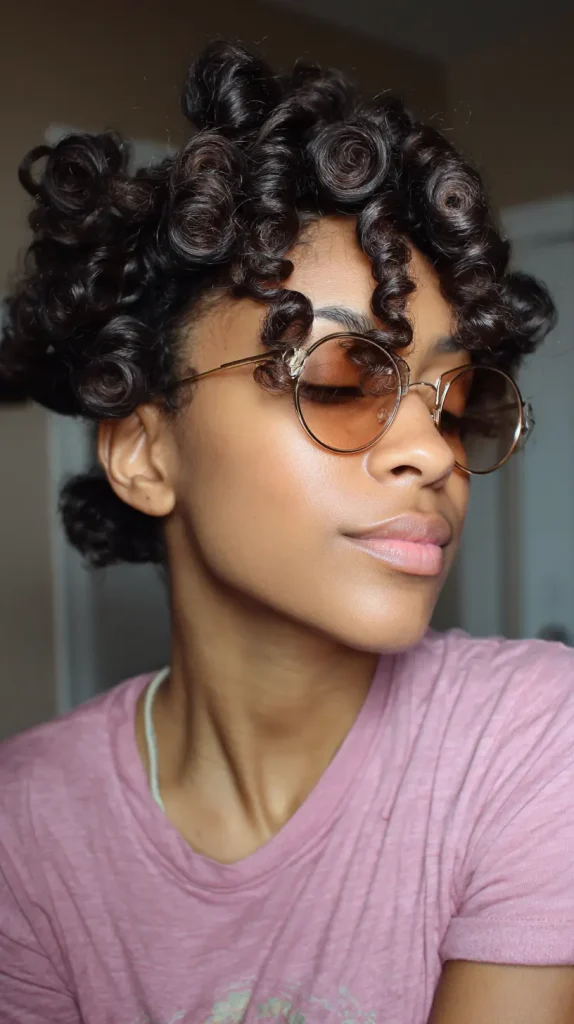
10. Twist and Pin Crown
For a soft, romantic style, try twisting small sections of hair away from your face and pinning them around your head in a crown shape. This technique encourages loose waves to form while sleeping, giving a natural, effortless curl pattern. The pinned twists also help reduce tension on your scalp compared to tighter styles. In the morning, remove the pins and gently separate the curls with your fingers. This look is perfect for special occasions or casual days when you want a polished but relaxed hairstyle.

11. Loose French Braid
Sleeping with a loose French braid is an easy way to achieve soft, tousled waves that look like you spent the day at the beach. Braiding damp hair loosely reduces tightness, so the curls come out relaxed and natural-looking. This method suits almost all hair textures and lengths, making it versatile and accessible. To enhance volume, gently pull apart the braid edges before going to bed. When you undo the braid in the morning, run your fingers through your hair to fluff the waves and apply a texturizing spray for added hold.
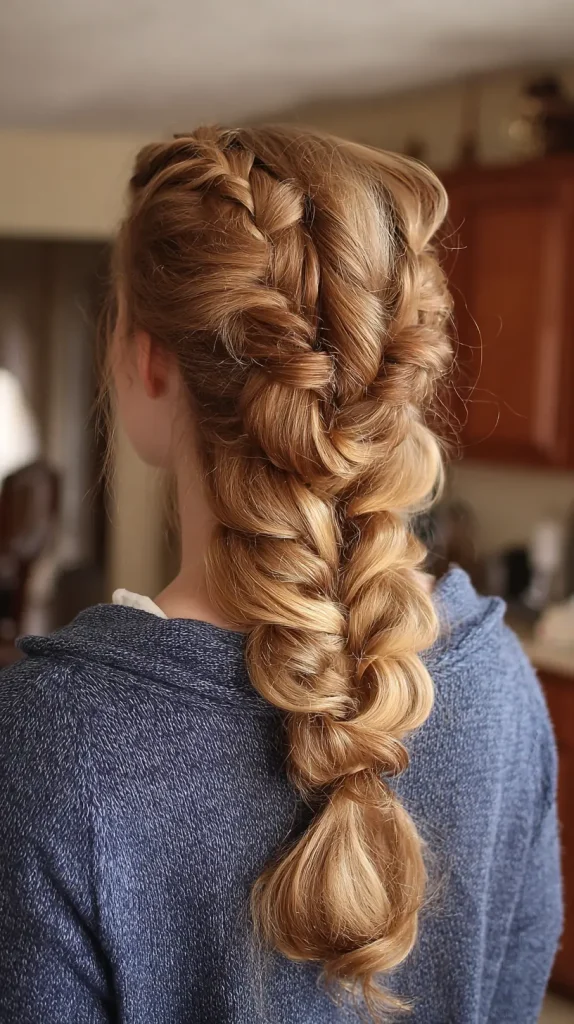
12. Twisted Rope Curls
Twisted rope curls create a distinct, elegant curl pattern that’s easy to achieve overnight. Divide damp hair into sections, split each section into two strands, twist each strand tightly, then twist the two strands around each other and secure the ends. This opposing twist method helps lock the curls in place, preventing them from unraveling while you sleep. The resulting curls are rope-like, defined, and full of texture. In the morning, gently separate the curls and apply a light moisturizer or curl cream to maintain softness and shine.
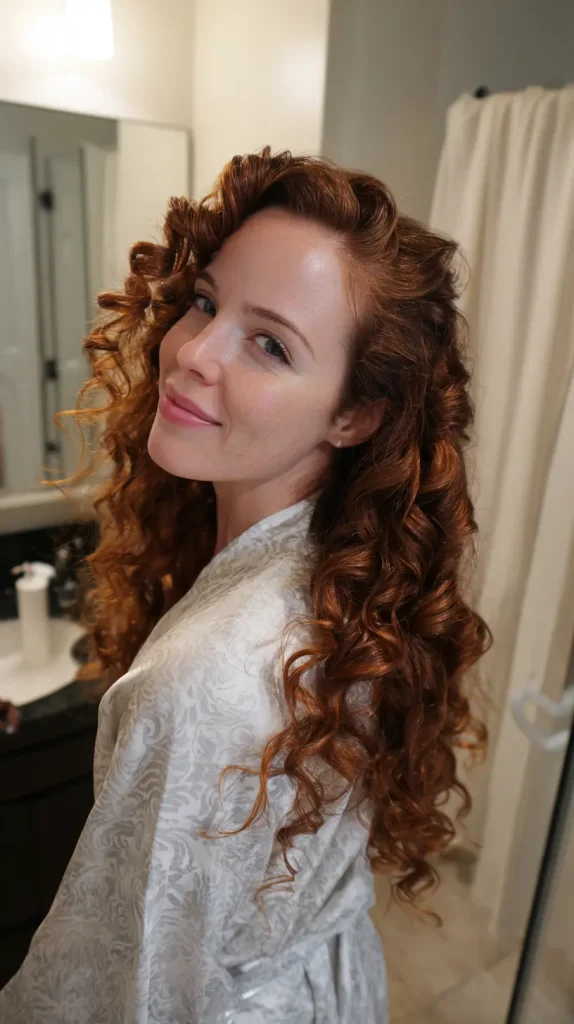
13. Headscarf Wrap
Wrapping your hair in a silky or satin headscarf after styling with any of the above methods adds an extra layer of protection for your curls. The smooth fabric reduces friction between your hair and pillow, preventing frizz and breakage overnight. It also helps lock in moisture and curl definition, so your curls stay hydrated and shiny. This method is especially beneficial for curly and textured hair types that tend to dry out easily. For best results, wrap your hair gently without pulling too tight, and remove the scarf carefully in the morning before fluffing your curls.
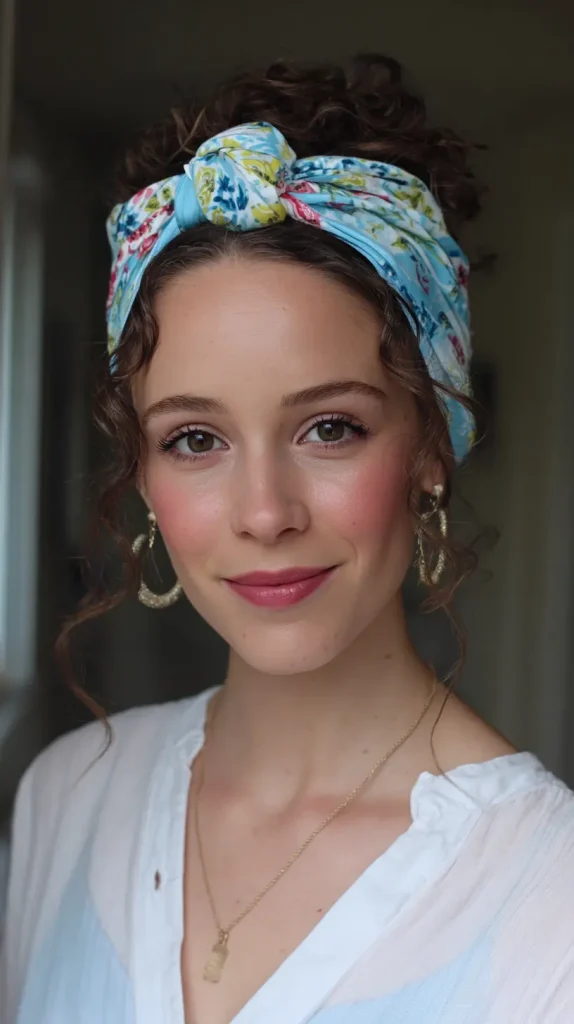
Frequently Asked Questions (FAQs)
How long should my hair be for no heat curls overnight?
No heat curls work best on medium to long hair because there’s enough length to wrap, twist, or braid properly. However, people with short hair can still use smaller sections and tighter curls to achieve the look.
Can I use products before setting my hair?
Yes! Applying lightweight mousse, curl cream, or leave-in conditioner on damp hair before curling helps hold the shape longer and reduces frizz. Avoid heavy products that might weigh your hair down or cause buildup.
Will the curls last all day?
With the right technique and some light hairspray or curl refresher spray, no heat curls can last most of the day. Touch-ups in the afternoon can help maintain bounce and shine.
Is no heat curling suitable for all hair types?
Absolutely. No heat curling techniques can be adapted to work on straight, wavy, curly, and coily hair types. The key is to experiment with different methods and products to find what suits your hair best.
Is it safe to sleep with hair wrapped tightly?
It’s important to wrap or pin your hair comfortably, avoiding excessive tightness that can cause scalp pain or hair breakage. Soft materials and gentle securing methods are best.
Conclusion
No heat curls overnight offer an amazing, damage-free way to enjoy beautiful, natural-looking curls without the hassle of heat styling tools. These 13 techniques give you a wide variety of options to experiment with different curl sizes, textures, and looks — all while protecting your hair’s health. By choosing gentle, heatless methods, you save time and effort while waking up to soft, bouncy curls ready to take on the day. Whether you prefer loose waves or tight ringlets, there’s a no heat curling method here for you. Try a few, find your favorites, and embrace the natural beauty of your hair every morning.
